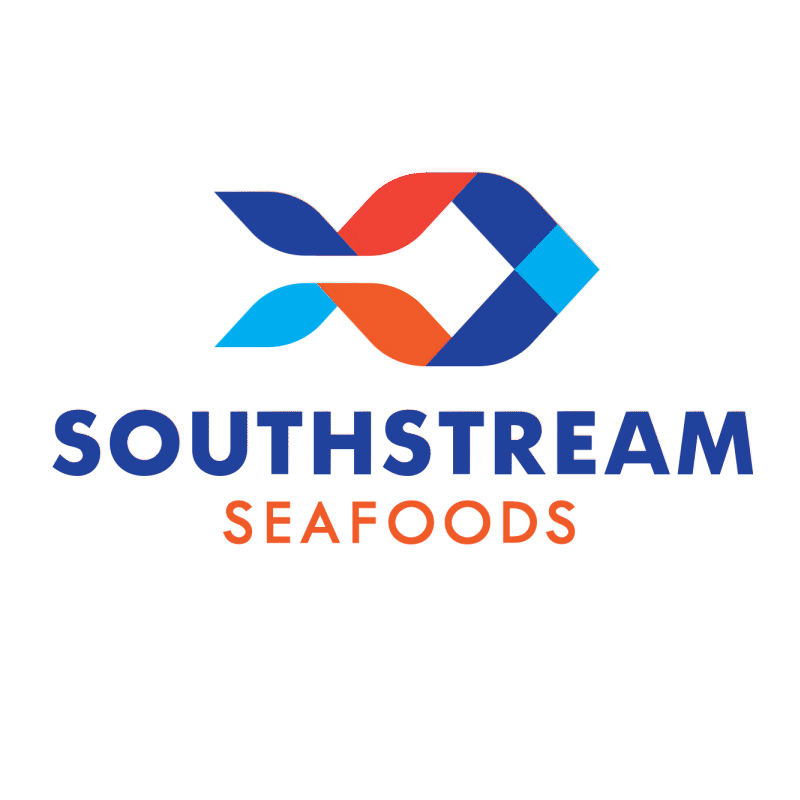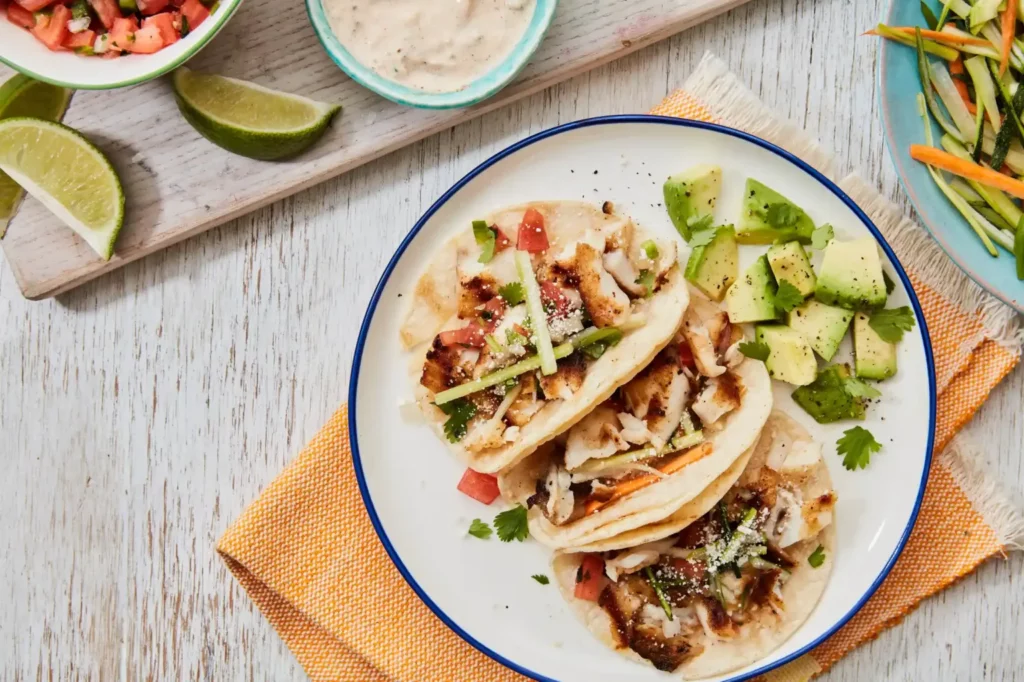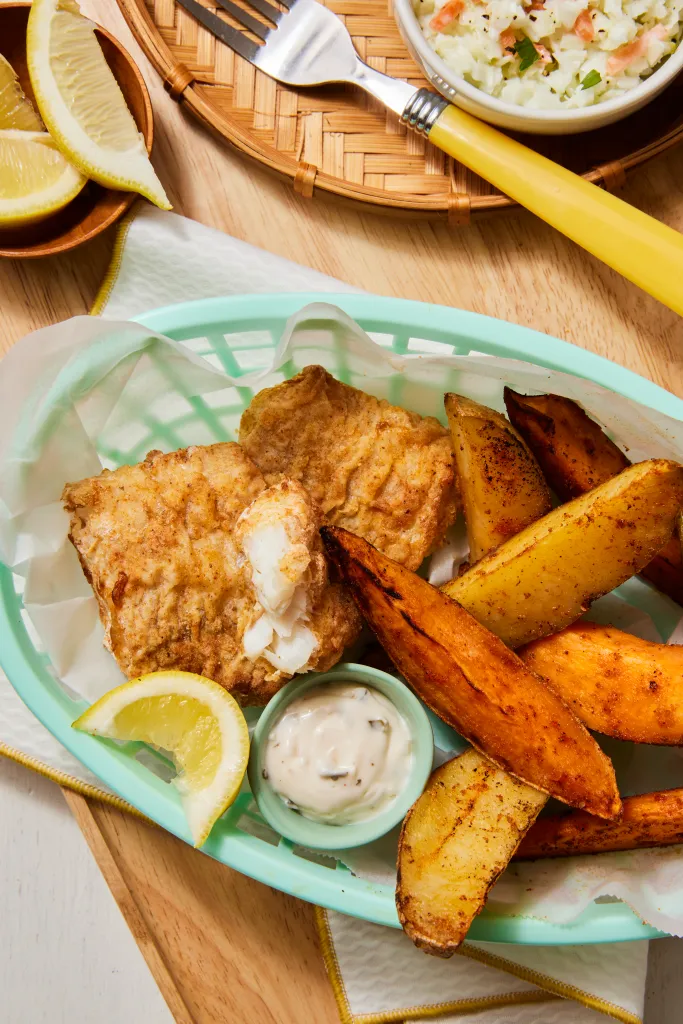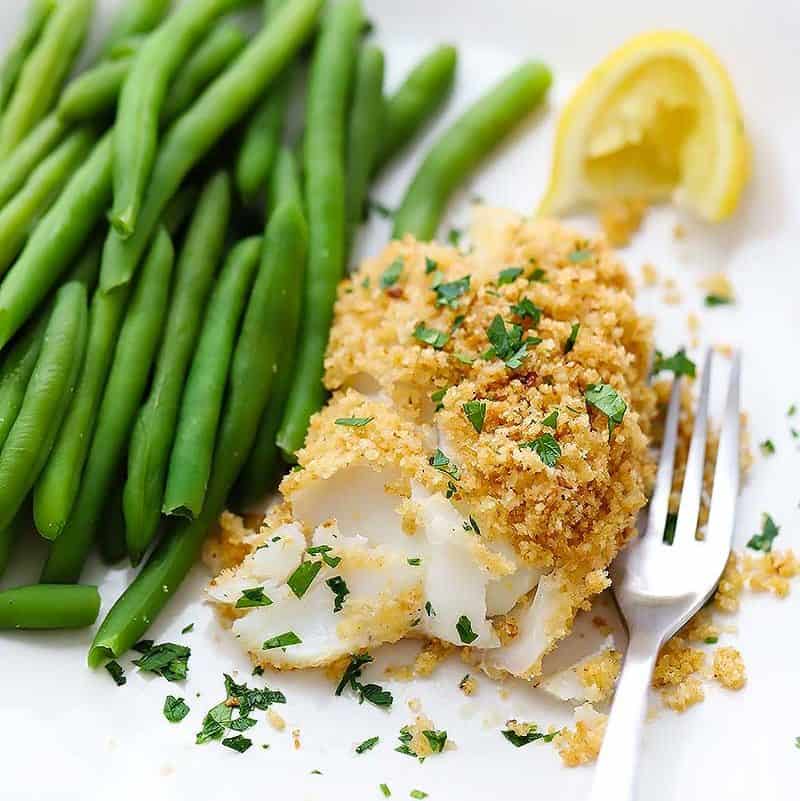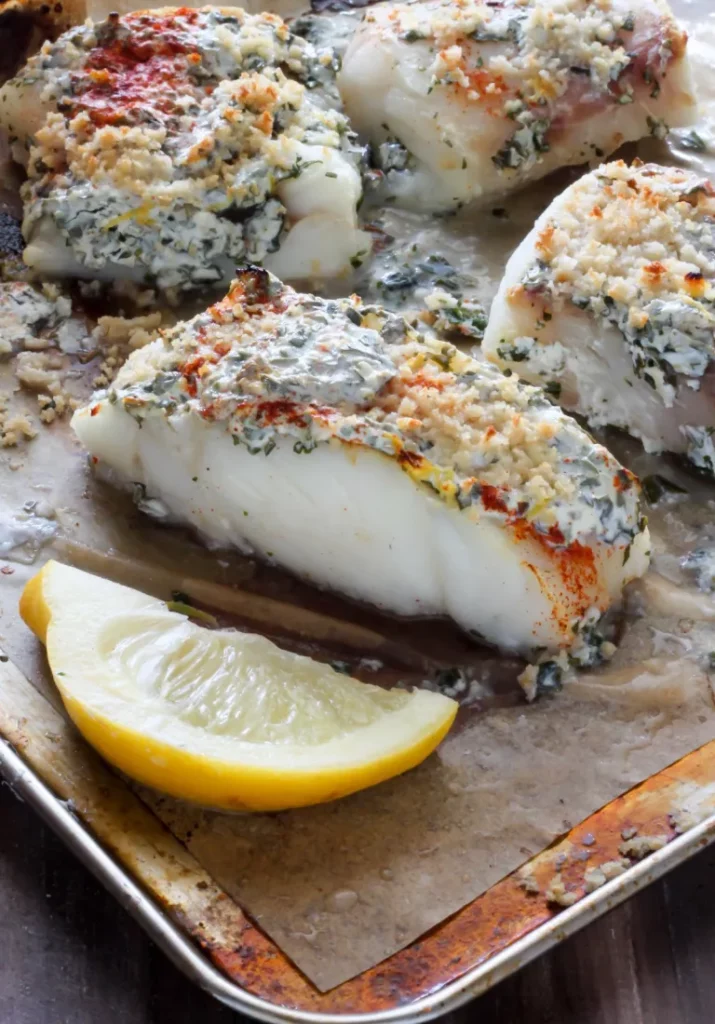Air Fryer Parmesan Cod: A Healthy and Easy Recipe for a Mouthwatering Meal

Introducing a must-have for your menu: Air Fried Parmesan Cod featuring Southstream Seafoods’ premium frozen Alaskan Cod. This recipe is a game-changer, delivering a crispy, golden exterior and a tender, flaky inside that will delight your customers. Pair your Breaded Alaskan Cod with fresh lemon wedges, a crisp green salad, and homemade tartar sauce or garlic aioli.
This dish is perfect for food distributors, healthcare facilities, and restaurants looking to enhance their menus with a crowd-pleasing seafood option. Elevate your offerings with this irresistible dish that promises to captivate diners and keep them coming back for more.
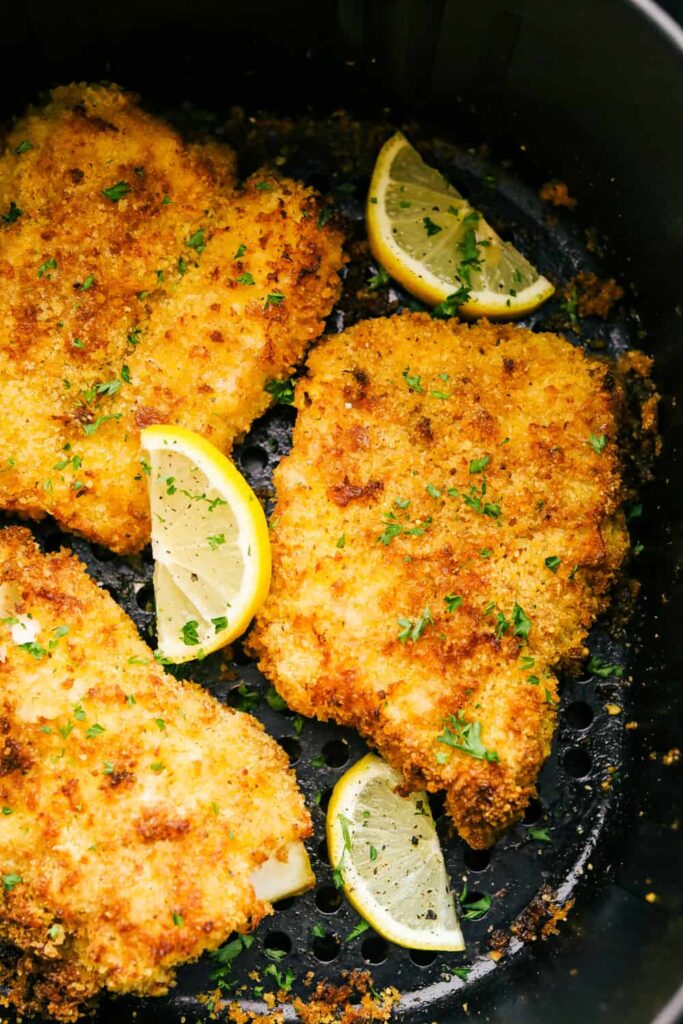
Ingredients
- 1 pound Southstream’s frozen Alaskan cod fillets
- Salt and pepper
- 1/2 cup flour
- 2 large eggs
- 1/2 teaspoon salt
- 1 cup Panko breadcrumbs
- 1/2 cup grated Parmesan cheese
- 2 teaspoons Old Bay seasoning
- 1/2 teaspoon garlic powder
- Olive oil spray (if needed)
Instructions
- Prep the Cod: Start by salting and peppering the cod fillets to taste.
- Set Up Breading Stations: Create a breading station with three bowls.
- Bowl 1: Add flour.
- Bowl 2: Whisk together eggs and salt.
- Bowl 3: Combine Panko breadcrumbs, Parmesan cheese, Old Bay seasoning, and garlic powder.
- Bread the Cod:
- First: Dip the cod in the flour, coating it lightly.
- Second: Dip the flour-coated cod into the egg mixture.
- Third: Coat the cod with the Panko mixture, pressing lightly to adhere.
- Air Fry the Cod:
- Spray the bottom of your air fryer basket with olive oil.
- Place the breaded cod fillets in the basket.
- Cook at 400°F (200°C) for 10 minutes.
- Carefully flip the fish and continue to cook for another 3-5 minutes or until the internal temperature reaches 145°F (63°C).
Choose Southstream Seafoods
At Southstream, we are committed to delivering high-quality, sustainably sourced seafood to meet the nutritional needs of hospitals, retirement homes, and other institutions. Our brands, including Frostmark™, Thorfish, and I&J, stand for quality and sustainability. Explore our range of products on our website or contact us at sales@southstream.com for more information.
This recipe is from The Recipe Critic: Incredible Crispy Parmesan Air Fryer Cod
